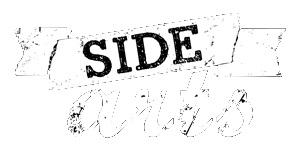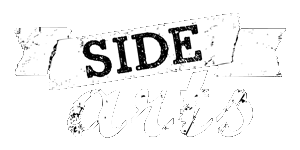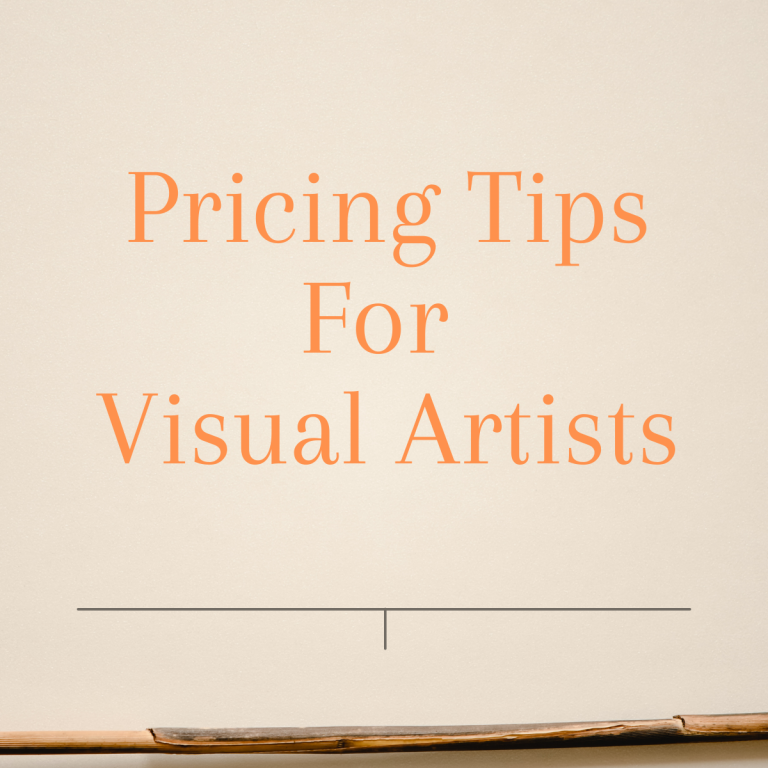Pricing Tips for Visual Artists: A Guide to Valuing Your Artwork
Pricing your artwork can be a challenging task for visual artists. Determining the right price that reflects the value of your creative work while also appealing to potential buyers requires careful consideration. Here are pricing tips for visual artists which will help you navigate the art market and establish fair and competitive prices for your artwork.
Pricing Tips for Visual Artists
- Research Comparable Artwork: One of the first steps in pricing your artwork is to research and analyze the prices of similar pieces in the market. Look for artists who create work in a similar style, medium, and subject matter as yours. Explore art galleries, online marketplaces, and exhibitions to get a sense of how comparable artworks are priced. This research will provide you with a baseline and help you understand the current market trends.
- Factor in Your Experience and Reputation: Consider your level of experience and reputation as an artist when pricing your artwork. If you are an emerging artist with limited exposure, it may be advisable to start with lower prices to attract potential buyers and build a following. As your reputation grows, you can gradually increase your prices to reflect your expertise and demand for your work.
- Calculate the Cost of Materials and Time: Take into account the cost of materials and the time invested in creating each artwork. This includes the cost of paints, canvases, brushes, and other supplies, as well as the hours spent conceptualizing, sketching, and executing the piece. Determine an hourly rate for your time and factor it into the overall pricing equation.
- Consider the Size and Complexity of the Artwork: The size and complexity of your artwork should also influence its pricing. Larger pieces generally command higher prices due to the increased materials and effort required. Similarly, intricate or highly detailed artworks may warrant a higher price tag than simpler ones. Evaluate the scale and intricacy of your work when determining its value.
- Be Mindful of Overpricing and Underpricing: While it’s important to value your artwork appropriately, it’s equally crucial to avoid overpricing or underpricing. Overpricing can deter potential buyers, while underpricing may undervalue your talent and work. Strike a balance by considering market standards, your artistic merit, and the demand for your artwork. Regularly reassess and adjust your prices as your career progresses.
- Limited Editions and Exclusive Works: Creating limited editions or exclusive works can add value to your artwork. By offering a limited number of prints or creating one-of-a-kind pieces, you can create a sense of exclusivity and scarcity, potentially justifying higher prices. Consider the costs associated with limited editions and the value they can bring to your portfolio.
- Seek Professional Advice: If you find pricing your artwork overwhelming, consider seeking advice from art professionals, gallery owners, or art consultants. They have valuable insights into the art market and can provide guidance on pricing strategies that align with your goals as an artist. Collaborating with experts can help you refine your pricing approach and gain a better understanding of the industry.
Conclusion
Pricing your artwork is a complex process that requires a careful balance between the value you place on your work and the market demand. By conducting thorough research, considering your experience, factoring in costs, and staying mindful of pricing strategies, you can establish fair and competitive prices for your artwork. Remember, pricing is not a fixed equation and may require adjustments over time. With practice and a keen understanding of the art market, you can confidently price your artwork to reflect its true worth and build a successful career as a visual artist.
Next Step
Are you ready to showcase your artwork? Apply to become represented by Side Arts. Limited capacity and jury review. Click here to learn more.



